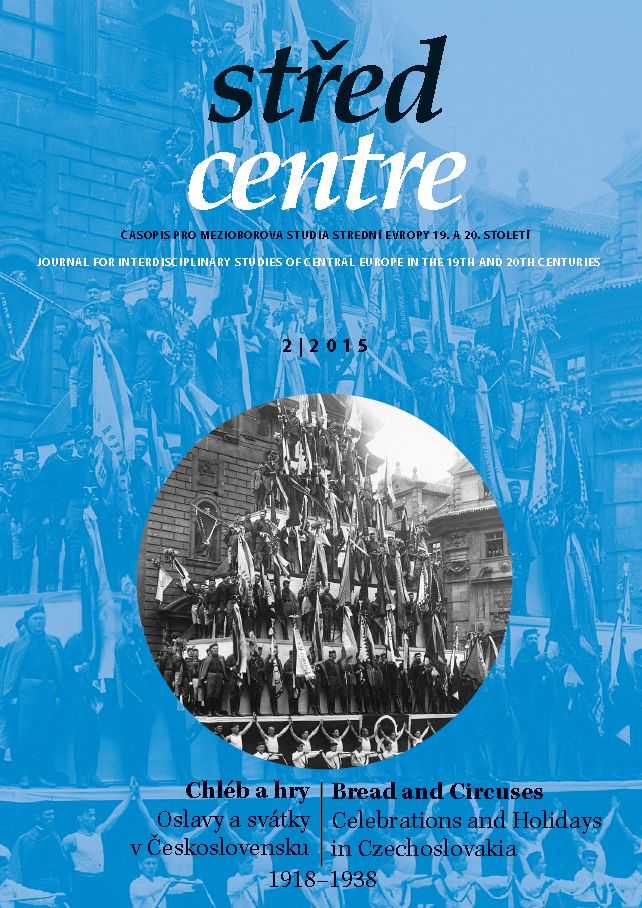The Germans’ Sonnwendfeier
The Germans’ Sonnwendfeier
From Folk Festival to Radical Right-Wing Mobilizing Ritual
Author(s): Nancy M. WingfieldSubject(s): History, Cultural history, Political history, Pre-WW I & WW I (1900 -1919), Interwar Period (1920 - 1939)
Published by: AV ČR - Akademie věd České republiky - Masarykův ústav
Keywords: Bund der Deutschen (BdD); celebration; invented tradition; Sonnwendfeier; Sudetendeutsche Partei (SdP)
Summary/Abstract: The Sonnenwende was long celebrated in mountainous regions of imperial Austria. In the late nineteenth century, when the celebrations began to take on an increasingly nationalist character, in an example of “invented tradition,” its adherents consciously employed a particular discourse to connect their practices to the past. The article signposts three eras of increasing nationalization of the celebration: the Badeni era at the turn of the nineteenth-to-twentieth century, the formation of Czechoslovakia, a multinational state ruled as a nation-state, in 1918, and the parliamentary victory of Konrad Henlein’s Sudeten German Party in 1935. During the last decade before the First World War, members of the voluntary associations into which the Germans and Czechs had organized their social lives in the late nineteenth century played important roles in organizing the celebrations, which were similar across the Bohemian Lands. In nascent interwar Czechoslovakia, solstice celebrations were often held under the auspices of what would become two of the most important traditional national voluntary organizations in the Bohemian Lands: the Deutscher Turnverband and the Bund der Deutschen. As their politics became increasingly German nationalist, so, too, did many summer solstice celebrations. In the first years after 1918, the solstice celebrations were sites of national confrontation, as the government and its allies sought to consolidate power. There was less conflict associated with Sonnenwende celebrations in subsequent years as the central government became increasingly confident about its control over the state and as some German political parties joined the government coalitions following the November 1925 parliamentary elections. Czechoslovakia’s nationalist Germans began turning the Sonnwendfeier into a festival of the Sudeten German community following the Sudeten German Party’s success in the November 1935 parliamentary elections. Similarities to Nazi rhetoric at the celebrations became pronounced after Henlein’s April 1938 call for complete Sudeten German autonomy within the Czechoslovak state and freedom to adhere to the German “world view.” That year’s Sonnenwendfeiern were part of a transnational, pan-German celebration that was inimical to Czechoslovak democracy. The solstice celebrations in the Bohemian Lands reflected overwhelming support for Henlein’s vision of a Sudeten German future that was not part of Czechoslovakia. The German community celebrated the summer solstice in parallel with the larger racial community of Nazi Germans in Central Europe in June 1938. Henlein’s vision of community was not that of the Nazi party, as Czechoslovakia’s Germans soon discovered.
Journal: Střed. Časopis pro mezioborová studia Střední Evropy 19. a 20. století
- Issue Year: 7/2015
- Issue No: 2
- Page Range: 9-31
- Page Count: 22
- Language: English

